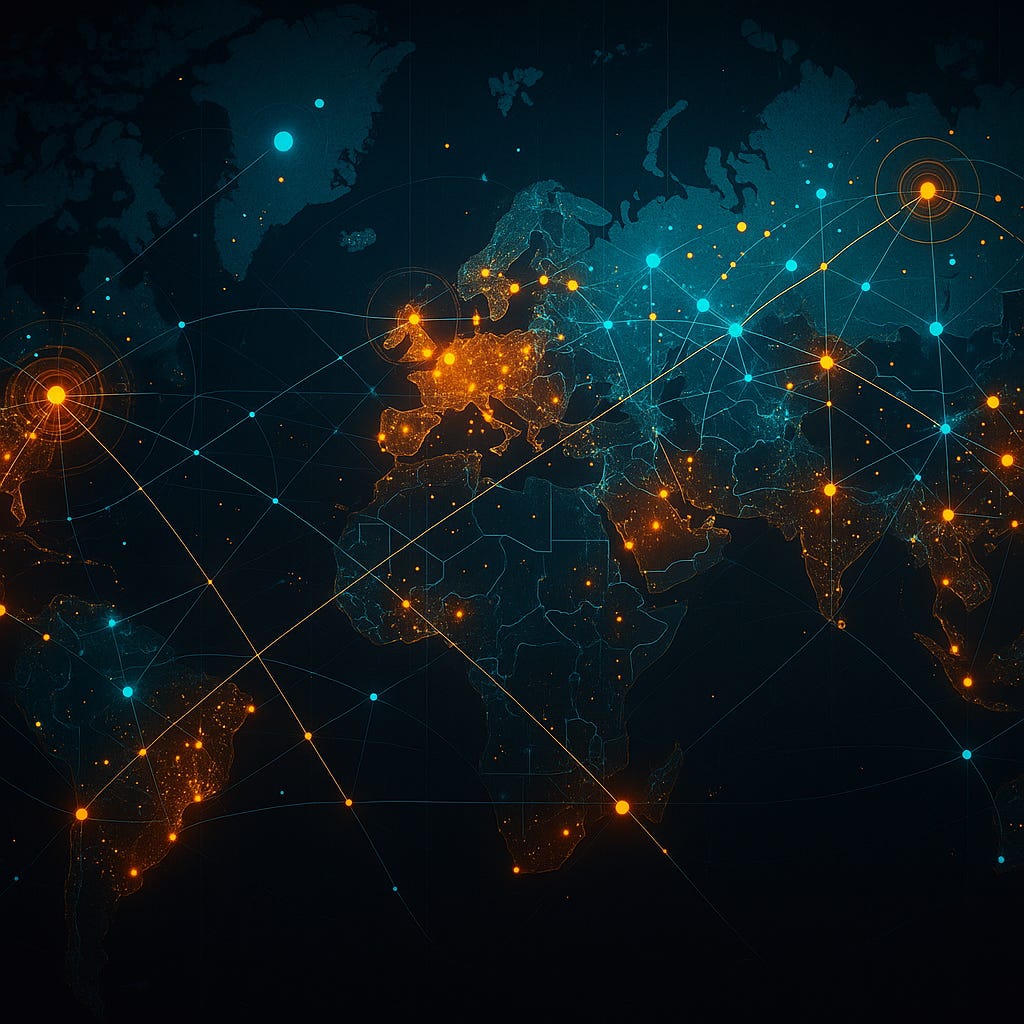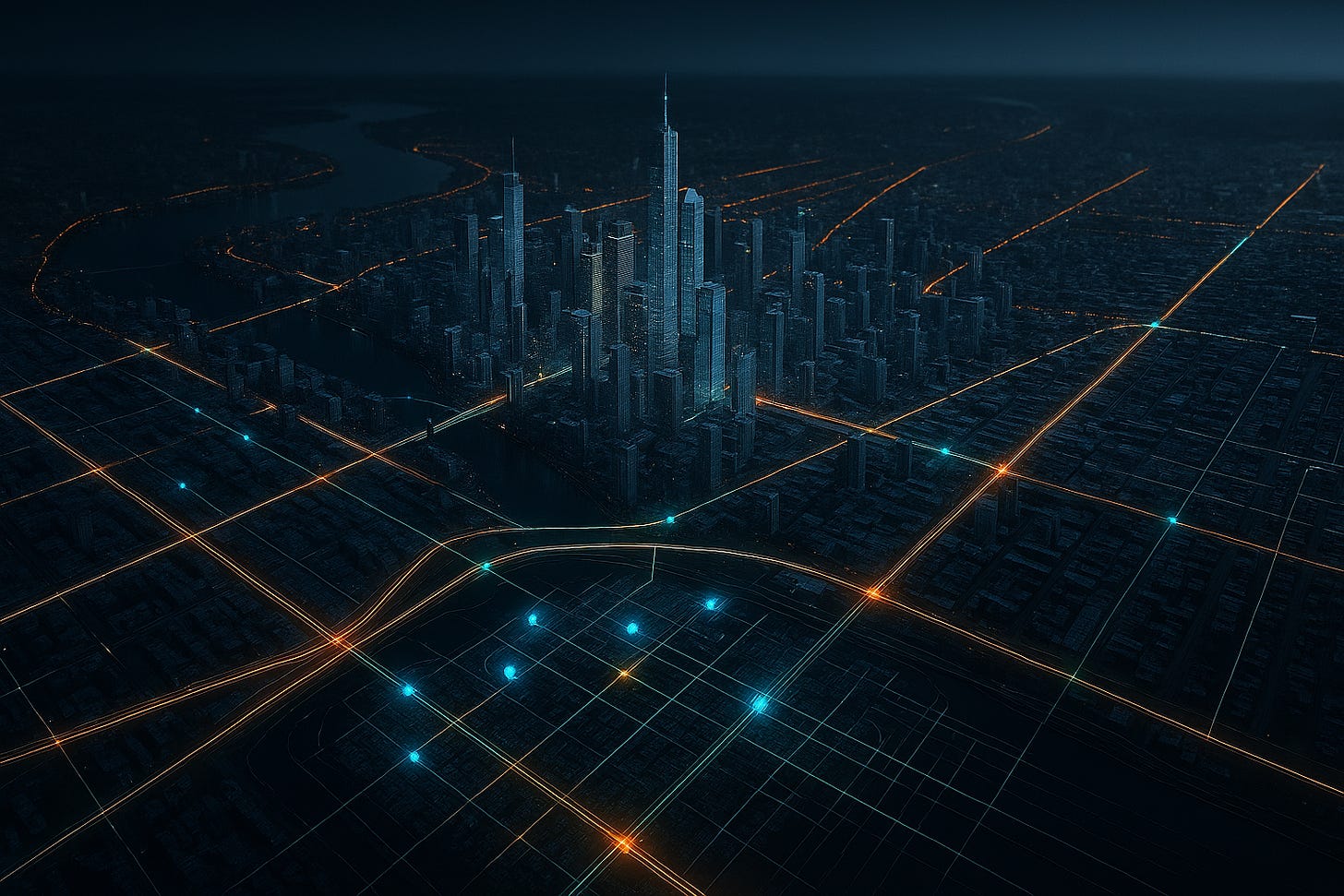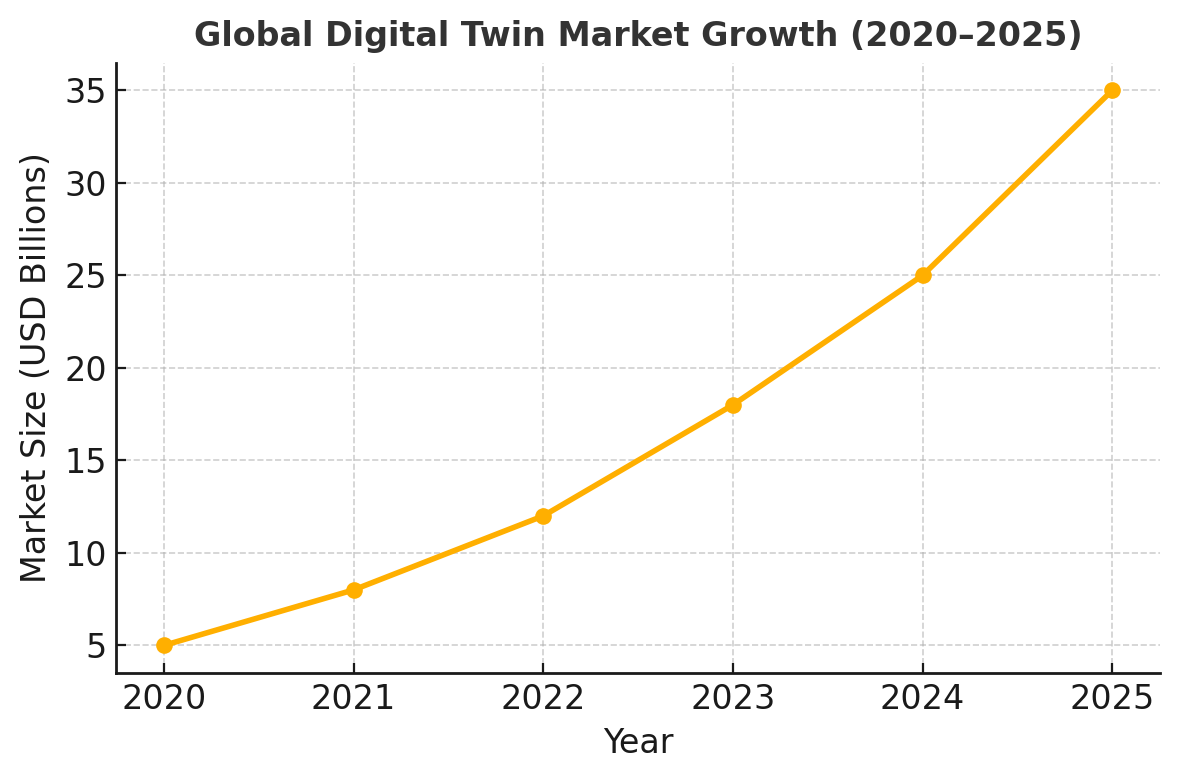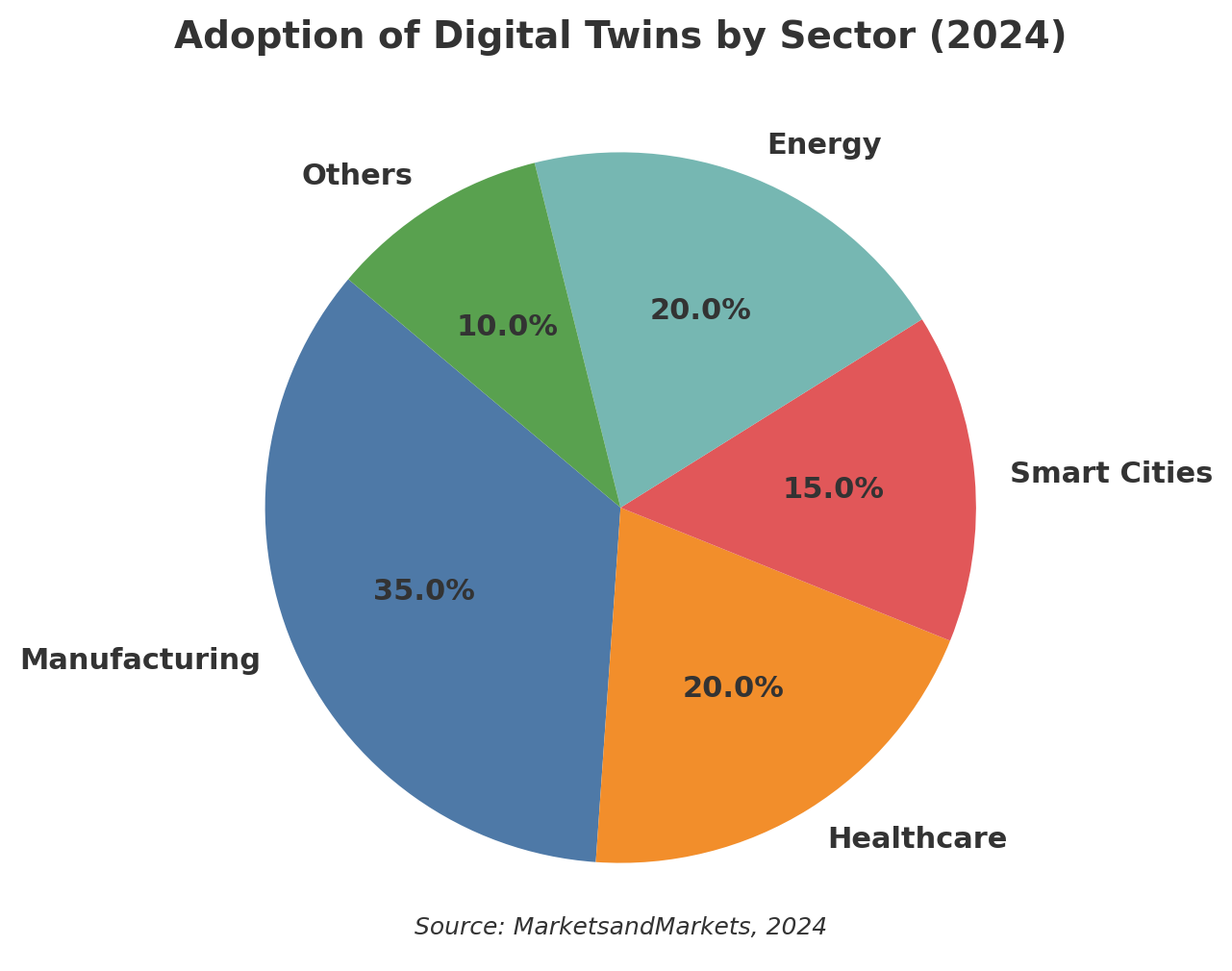Mirrors of Power: How Digital Twins Are Redrawing the Geopolitical Map
From high-stakes simulations to ancient wisdom, can technology really forecast the fate of nations—or are we just playing God with data?
What if nations could test wars, trade deals, or climate disasters before they ever happened—like running the future in a simulation?
Imagine playing God with data: previewing the fate of nations inside extraordinarily detailed virtual worlds that map borders, economies, and even the social fabric in real time. That’s no longer science fiction. It’s the promise—and the peril—of digital twins: hyper-detailed, real-time replicas of physical systems, now expanding from factories and cities into the very fabric of geopolitics.
What is Digital Twin?
The Rise of Digital Twins
Originally designed for engineering and urban planning, digital twins now model supply chains, energy grids, military logistics, even population behaviors.
Governments can reroute ships virtually before disrupting real trade.
Defense agencies can simulate cyberattacks without firing a shot.
Cities can stress-test climate resilience in real time.
Diplomacy and strategy are increasingly being practiced in virtual worlds that mirror the real one.
Power and Prediction
The advantage is obvious: foresight.
Can a crisis be avoided by shifting alliances?
Will sanctions on one economy ripple back to harm another?
Could a preemptive cyber move stop escalation?
These scenarios, once left to theory and instinct, can now be tested in near-real conditions. According to a Gartner 2024 report, over 60% of governments are piloting or exploring digital twin simulations for strategic planning.
Global Digital Twin Market Growth YoY
These scenarios, once left to theory and instinct, can now be tested in near-real conditions. According to Markets & Markets (2024), the digital twin industry is expected to grow from $12.9 billion in 2020 to $48.2 billion by 2025—evidence of how quickly governments and corporations are investing in predictive modeling.
Sector-Wise Adoption
Digital twins are moving far beyond factories.
Energy & Utilities – Stress-testing power grids and rerouting supply lines.
Urban Governance – Simulating floods, climate risk, and traffic flows.
Defense & Cybersecurity – Modeling conflicts before they unfold.
Healthcare & Pandemic Response – Predicting outbreaks and drug supply chains.
Ethical Faultlines
Yet the deeper the simulation, the sharper the dilemmas:
Control: Who owns the replica of a nation’s economy or population?
Accuracy: Can a binary model ever capture cultural nuance, human emotions, or spiritual consequences?
Hubris: By trusting machines with foresight, are we mistaking code for destiny—confusing simulation with truth?
Ancient Vedic philosophy’s concept of “loka”(Multiple Layered realities) reminds us that multiple realities exist, layered and subtle. A digital twin can model data, but it cannot measure karma—or the human soul.
For a deeper perspective on how technology is rewriting diplomatic norms, see David Cvach’s TEDx talk:
Balancing Innovation with Wisdom
The real power of digital twins may lie not in prediction but in humility.
They sharpen foresight.
They expose blind spots.
They remind leaders that technology is a tool — not an oracle.
As virtual diplomacy shapes real-world outcomes, global governance must balance innovation with ethics, power with responsibility, and prediction with wisdom.
Conclusion: The Mirror Reflects Us
Digital twins will not eliminate uncertainty — but they can help leaders navigate it with greater foresight.
The question is not whether we can model the world, but whether we can govern wisely while doing so.
In the end, the mirror of power reflects not just data — but ourselves.






